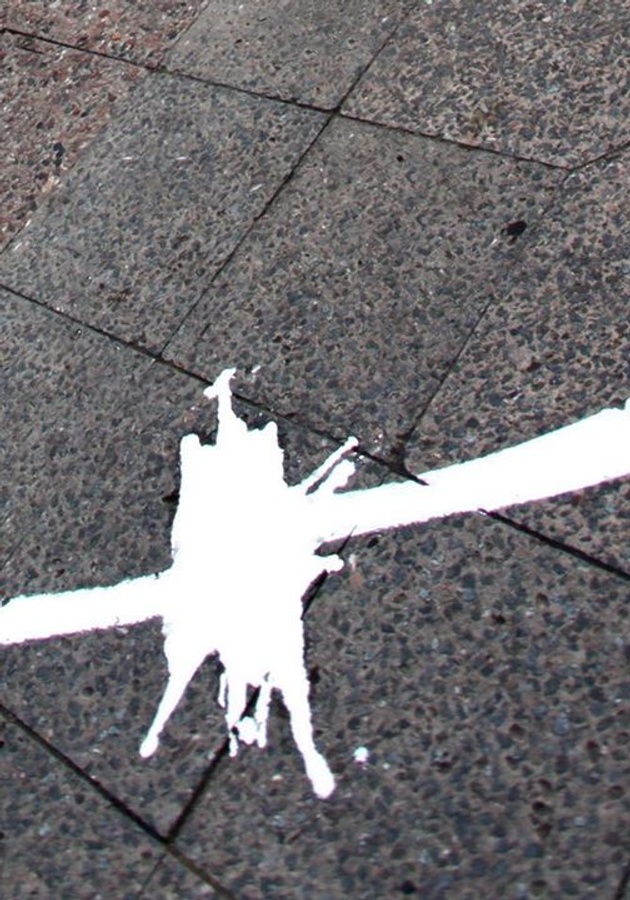
Manière Noire
In the location's words:
INTRODUCTION Images and words do not occupy different worlds. Like music, dance, and drama, they are the evidence of the human urge to create something that did not exist before, some evidence of being alive on this planet. And yet, despite the opening out of knowledge about all creative forms through the expanding power of the Internet, many people still view words and images as being from different worlds. T.S. Eliot wrote, in 'Burnt Norton', part of 'Four Quartets', first published in 1944: Words move, music moves Only in time; but that which is only living Can only die. Words, after speech, reach Into the silence. Only by the form, the pattern, Can words or music reach The stillness, as a Chinese jar still Moves perpetually in its stillness. As the whole of 'Four Quartets', this excerpt can be read again and again, and it can be interpreted in so many ways. Therein lies the magic of poetry - it creates a direct line from the poet to the reader through the use of words, that can shift in meaning over time. That magic can also be experienced, although in different ways, in any work of excellence in any other creative medium, made by an artist with something powerful to express through a work that is shared openly with others. Such rare works of excellence result from the almost alchemical combination of experience, observation, vision, skill, understanding, humanity and opportunity that lies at the centre of any sincere creative person's being.
The forthcoming series of exhibitions of works, that primarily use written or printed language as their main constituent, will offer a very different aspect of the creative world to those who visit the gallery. The range of artists and work will offer surprises, challenges and perhaps even healthy controversy. It will also provide the opportunity for a reassessment of just what the visual arts - and the creative arts in general - can offer in the 21st century. It is my hope that the time is coming when the overblown vacuities of 'white cube gallery' art and, even more necessarily, the questionable values of 'art fair art' will be called into question. Much of such work contains little of lasting value, is usually far too big, and is certainly over-valued. Perhaps also the absurdities of 'artspeak', a form of language that is full of incomprehensible invented words, will be seen like the art it promotes for what it is - little more than an endless parade of 'the emperor's new clothes'.
As human beings we are assaulted to an increasing degree by a media barrage of images, sound and noise. This can lead to feelings of disorientation and detachment from the world we occupy. We are in danger of losing contact with our environment, our fellow human beings and ourselves. We have grown too far away from those ancient nights around the fire listening to the story-teller whose words connected us with our heritage and our souls. Words, poetry, creative play with language, a greater directness and simplicity of communication between those who create and those who share what is created... all these can draw us back into the conversation about who we are and our place in the world. And then, with a renewal of belief in ourselves and in those writers and artists who communicate with us through their work, we might again regain contact with what Allen Ginsburg described (in 'Howl' in 1956) as: 'the ancient heavenly connection to the starry dynamo in the machinery of night'. Richard Noyce Wales, December 2014
This content has been machine translated.Öffnungszeiten
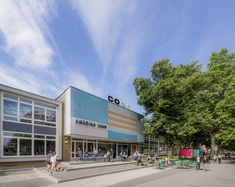 Gallery
Gallery
C/O Berlin
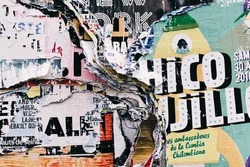 Gallery
Gallery
Kunstquartier Bethanien
 Gallery
Gallery
NOTAGALLERY
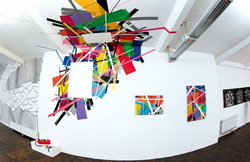 Gallery
Gallery
Neurotitan
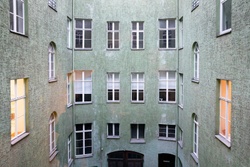 Gallery
Gallery
HAUS KUNST MITTE | HKM
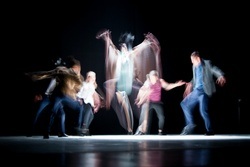 Gallery
Gallery
TheaterSpielRaum
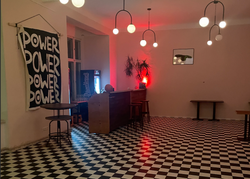 Gallery
Gallery
Bar 131
 Gallery
Gallery
P7 Gallery
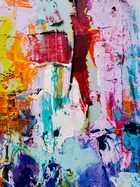 Gallery
Gallery
Belvedere am Kreuzberg
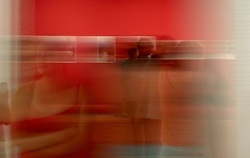 Gallery
Gallery
Artefact.Berlin
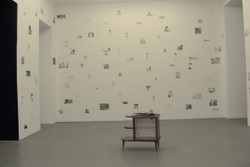 Gallery
Gallery
Galerie Crone
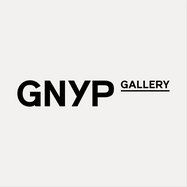 Gallery
Gallery
GNYP Gallery
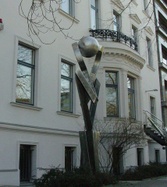 Gallery
Gallery
Haus am Lützowplatz
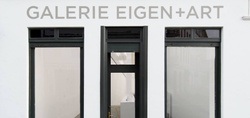 Gallery
Gallery
Galerie EIGEN + ART
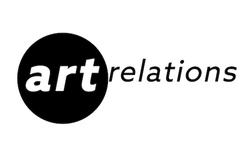 Gallery
Gallery
artrelations Galerie
 Gallery
Gallery
Galerie Guido W. Baudach
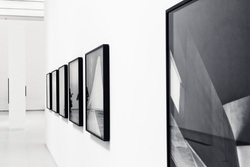 Gallery
Gallery
Galerie Anahita Contemp…
 Gallery
Gallery
Atelier Gardens
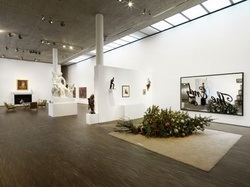 Gallery
Gallery
me Collectors Room
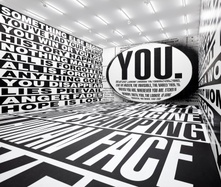 Gallery
Gallery
Sprüth Magers Berlin

